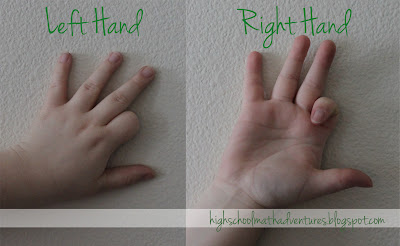I doubt I'm the first person to every come up with this "game" but this was my thought process:
I currently work with students in an Alternative School program. I work with a range of students from Freshman to Senior year. Some students are behind one grade level, some more than that. My main propose when working with these students to help prepare them for the EOC (I don't have them every day so I am only give certain areas to focus on). In order to teach any unit to these students I always had to start with the vocabulary to ensure all student knew the words and the correct definitions. We (the other students I co-teach with and myself) were struggling to do this in a way to keep all students involved. No matter what we did we always seemed to lose a group of students. Sometime the more advanced students, sometimes the least advanced students...either way we need a change and I thought of this solution.
This "game" is played just like the childhood game of memory with a few minor changes. Instead of trying to match a pair of pictures the object is to match a card that has a vocabulary word and it's definition to a card that has a picture representing the word. Students play in pairs (or groups of three) taking turns flipping over two cards at a time in search of a match.
 | |
| This picture shows a match (R2C2 & R1C4). |
Once students find a match everybody in that pair (or group) fills in the worksheet with the definition.
 | ||
| This picture shows a complete student worksheet. (Sorry I couldn't fgure out how to turn it, it kept uploading sideways) |
They way that I designed the "game" and worksheet is so that the pictures don't appear on the playing cards with the word. So students don't just match words for words and not even take notice to the picture or definition. But, the pictures show up with the words on the worksheet. This way if the students need help to figure out what a picture is, they have somewhere to look, but they still are being forced to look at the picture. I also wanted the worksheet as a way to force them the have to write down the definition to only further help the students save the information in their brains.
Below is a picture of both sets of my cards. I printed them on color paper (of different colors) because it easier to handout and store all together this way. I don't recommend printing on white or yellow, I only did it once, because they are see through and the students were just looking through the paper to find what they were looking for instead of actually playing the game. I also tried to fill up the back of the cards to help insure students couldn't just look through the paper.

Line and Angle Vocabulary
Triangular Vocabulary
As always leave a comment with any thoughts or questions and and feed back if you use this (or something similar) in your classroom.










